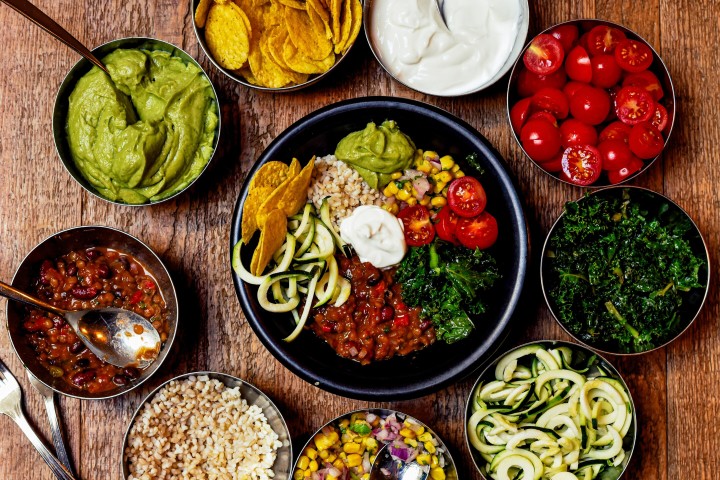Is going meat-free the answer to climate change?

When it comes to climate change, are cows as bad as cars? Probably not, says Dr. Frank Mitloehner, University of California, Davis researcher and air quality specialist. He asserts that meat and dairy animals are not major drivers of climate change and they might well be part of the solution.
Wait, what?
People have many reasons to limit or eliminate animal foods from their diet, Mitloehner explains, "but if curbing climate change is one of them, they are being deceived by misinformation that puts undue blame on animal agriculture. In reality, it is the burning of fossil fuels that poses the biggest threat to our planet. Campaigns that rally against animal protein by inflating their climate impact serve as smokescreens, diverting attention away from the main climate menace."
In short, says Mitloehner, methane—the greenhouse gas (GHG) produced by ruminants such as cattle and sheep—is unique. Methane is a "flow" gas, meaning, as it is emitted, it is also being destroyed in the atmosphere in a 12-year cycle. Conversely, carbon dioxide—the main GHG from industry, transportation and the production of electricity—is a "stock" gas. It accumulates in the environment for a thousand years or more.
We need to take steps to lower all GHG emissions, says Mitloehner. But by far, the most pressing is CO2, which accounted for 79% of GHG emissions in the United States in 2020, according to the Environmental Protection Agency. Methane from livestock, landfills and rice production accounted for 11% of total emissions during the same period.
Every food, whether raised in a pasture, planted and harvested with farm equipment, or manufactured in a lab, has a carbon footprint, says Mitloehner. And clearly, some production practices are better than others.
In her book, "Defending Beef: The Ecological and Nutritional Case for Meat," environmental attorney Nicolette Hahn Niman explains that carbon resides in soil. And whenever soil is disturbed for any reason, it is released into the atmosphere as carbon dioxide.
Grazing animals—domesticated or wild—add carbon back to the soil where it belongs (through manure). And when appropriately grazed, the action of their hooves help store more carbon into the soil, which makes it available for plants to grow, which provides food for animals, which provide food for us. And so the cycle goes.
But shouldn't we use that land to grow more crops? According to a recent article in National Geographic, between 20% and 40% of our earth is composed of natural range and grasslands that need to be protected from plowing and development. That's because, like forests, the lands store carbon and keep it from being released into the atmosphere. How interesting that grazing animals may actually help our environment while producing a nutrient-rich food.

